I’m at an interesting 1 day conference today, ITS2011. The focus is on the future of internet technology. This is not the type of conference we typically attend, we are usually at the marketing focused events. Of course, you can’t have an internet technology event without talking about marketing, so of course I’m picking up some good social media and marketing tips.
What does our future look like?
The CEO of Cisco offered up a motivating entertaining keynote, with a focus on embracing change. We live for change here, you cannot survive in internet marketing without embracing and learning new methods every month, so you’d think his chat would be a snore. Still his presentation got me thinking about the assumptions we make, and how to reach beyond what we know is happening today and anticipate what is going to happen tomorrow. He shared a fantastic interview from 1964 by the author of 2001, Arthur C. Clark, with his predictions for the future. He said maybe the world would not exist (meaning we would live virtually. That we would be able to work from anywhere, even Tahiti or Bali. Imagine that! 🙂 So what is our future going to look like in 20 years? Visualize it and fit your business into it . Is video going to be huge? Yes. Is mobile taking over? Yes. Be ready for that.
Social Media takeaway from ITS 2011
The social media panel gave a basic overview, but some productive takeaways are about using Linked In more, especially for a B2B business. People tend to discuss social media as Twitter and Facebook, but Linked In is a tremendous resource for reaching businesses and often overlooked. It’s not as important for all business models, but spend a few minutes evaluating if this is a missed opportunity for you.
Google’s +1 (pronounced: plus one) button has the potential to add another billion to the coffers of Google. Google is notorious for failures but when they hit the ball it’s like Babe Ruth déjà vu. The +1 button is very similar in concept to Facebook’s “Like” button. However, there are many subtle differences that make the +1 something to pay attention to.
Facebook’s Like button encourages user’s to interact and share something with a group of selected “friends.” The power of the Like button is that people are more likely to act upon recommendations from people that they know vs. strangers. Like has also become popular as a quick and easy public rating system for websites, blogs and everything else on the web. The more likes and tweets your page has, the greater likelihood you have of going viral. While viral is nice, these spurts of publicity have a tendency to burn out pretty quickly just like the Flu. The Achilles heal of the Like button is that the Like carries with it only a limited duration of exposure either on a viewer’s wall or on a user’s News Feeds. Very quickly, the valuable personalized Likes are buried and whatever positive affects the Likes generated, dies.
Google’s +1 has the potential to overtake the Like button because of two positive advantages it has over Facebook’s little thumb. The first advantage is duration and the second is market penetration.
Google’s +1 doesn’t rely on a display platform like Facebook to be socially relevant to a user. Rather, +1s are displayed and integrated into Google search. Anytime a Google user is logged in and using Google search he/she is able to see the +1s from their friends along with their search results. Moreover, this feature extends to paid ads as well. Due to the contextual difference, +1s have the potential to become very powerful. For example, let’s say a friend of yours +1s a hundred restaurants all over the world and you really trust his taste. The next time you are in Chicago and want pizza your “Chicago Pizza” search will include his +1 pizza recommendation at the top of your search. Think about it, where are you going to go for pizza in Chicago?
Some reviewers have seen the “logged into Google requirement” as a limitation of the +1 button. However, this is irrelevant on smart phones and other mobile platforms. Moreover, having the ability to turn the +1 off during searches by logging out of Google may be important in some situations.
The second serious advantage Google’s +1 has over the Like button is the sheer size and diversity of Google’s businesses. Google is the most popular search engine, controls most of the advertising dollars on the Internet and owns high traffic sites such as Youtube, Blogspot and Google Maps. In addition, they are firmly entrenched in the mobile device market, have recently developed their own browser and a hundred other things. The +1 button will work seamlessly across all things Google and this dramatically enhances its usefulness to both users and advertising professionals.
Social media buzz from sites such as Facebook and Twitter is already incorporated into organic SEO rankings. The addition of Google’s own +1 will give Google more information and will likely be disproportionately weighted in their algorithms in the future. This fact alone will increase +1’s market penetration.
Moreover, +1s will increase click through rates. Physiologically people always want what they think other people want. Internet ranking systems are immensely popular and have fueled the growth of many websites. +1s inclusion in Adwords and because will influence click though rates and it’s likely that +1 will dramatically impact Adwords.
Another fascinating angle to +1 and Google’s development of social layers is that +1 should enhance search in general and diminish the pervasiveness of content farms and search junk. +1 at the moment is source agnostic but the entire reason social media tags work, (including Like and +1) comes back to the fact that a user will place a higher valuation on information based upon his/her perception of the source’s legitimacy, expertise and knowledge. Some recommendations are just more valuable than others and these are subjective distinctions. Source ranking is something search has never managed effectively.
As the Internet develops and grows the ways in which it can be used is constantly expanding and diversifying. It is difficult for any Internet marketer or web master to keep on top of all the new developments and it is tempting to just wait until a tool like the +1 is established before investing time and money into it. However, this is a Google product and a remarkably good idea. Moreover, the +1 tantalizingly lends itself to the possible introduction of a 100-point rating scale in the future and this would finally create a useful rating system for the Internet. Robert Parker made his name and radically changed the Wine Industry with his introduction of a 100-point scale for wine and Google could easily do the same in the future with +1.
Interesting discovery today, found buying guides listed in the Google shopping search results today. Going to spend some time figuring out how and why this website is getting displayed here 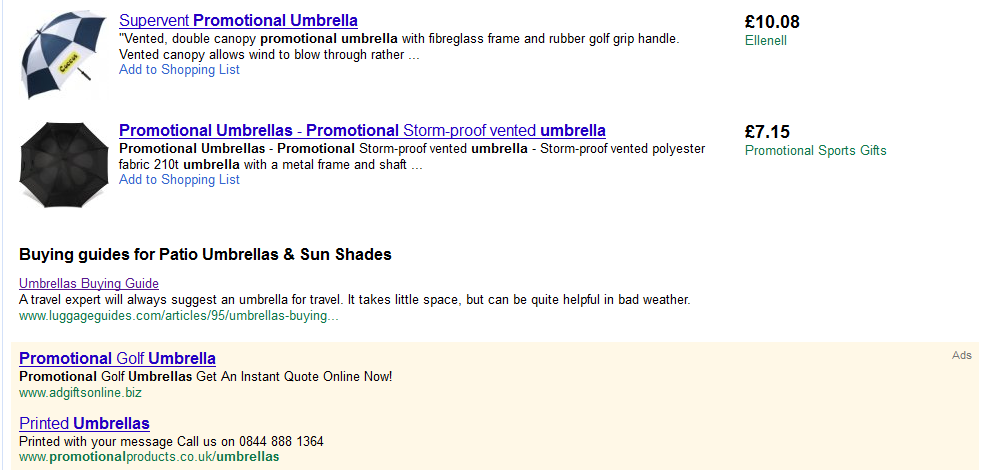
It is certainly not based upon the quality information being provided by this website. The website appears to be an ad-sense website exclusively.
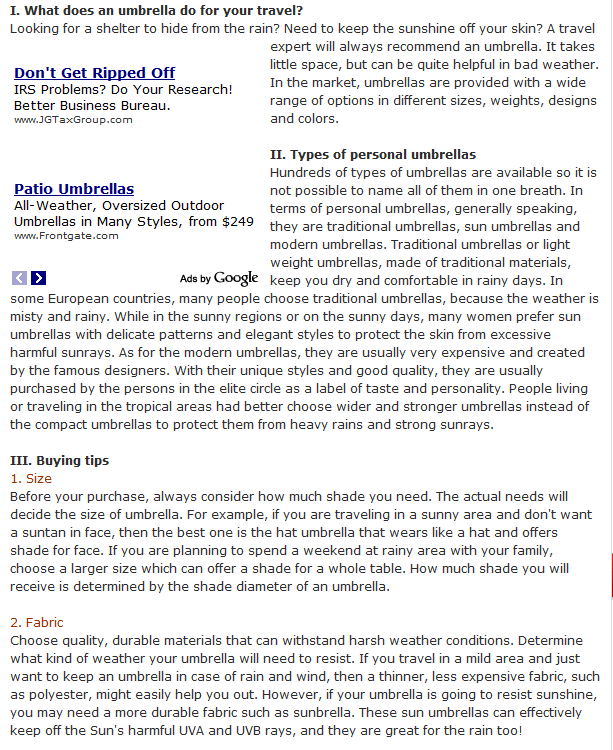
When “the internet” was introduced, its main purpose – and the idea behind it – was to allow educational and research institutions to share data. That was back in the 1980s. Of course, since then internet has passed several phases. Globalization and technology have joined forces to make the WWW a must-have feature for almost every household. In the start of the 21st century the internet was mainy about reading and gathering information. Nowadays, it is mostly about sharing. Facebook success is adorable, however it is the social network concept that made it possible – of course, it was somewhat altered and some even would say reinvented by Mark Zuckerberg and Co. to speed up the growth.
Anyway, there are many others that wish to exploit this approach. The Russian “Vkontakte” (connected), Chinese-oriented “QZone”, Orkut (owned by Google and extremely popular in Brazil and India) are just a few of the social networking websites. With local social networks already present, the next step, it seems, is to create a more “targeted” communities for those who have specific common interest.
SolaMaps, launched recently by Australia-based Stewe Edwing and his fellow green energy enthusiasts is one such an example. The idea of the network is to connect solar energy users all over the world, enabling them to share tips, ideas and experience with one another. By attracting more and more users, the site founders also hope to increase the global awareness of environmental issues. “You Don’t Need A Solar System To Join the SolaMaps Action!” the website slogan states. All you need is a passion for renewable energy.
The global village and the internet era is everywhere. Long gone are the times when Church opposed science– Vatican itself is happy to use the most advanced technology in the world. And internet is no exception, it seems. In his latest statement, the Pope has shown good familiarity with social networks and their popularity among teenagers, pointing out pros and cons of digital communication.
Pope Benedictus XVI praised the prospects offered by the new technology saying that “if used wisely, they can contribute to the satisfaction of the desire for meaning, truth and unity which remain the most profound aspirations of each human being”, and emphasized that digital communication is a form of sharing.
His Holiness also warned about misleading by creating a “fake” personality in quest for “followers” and “friends” and stated that “there is the challenge to be authentic and faithful”. The Pope invited the Christians to join the global network as relationship is the fundamental need of a human being, and concluded his address with Apostolic blessing to all those that “make good use of their presence in the digital world”.
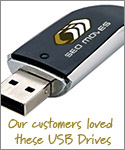 SEO Moves wanted to thank our Promotional Gifts Supplier gopromotional for the exceptional prices, service and prompt delivery. We wanted a little toy to give out during our visit to Pubcon and waiting til the last minute to order them. Well low and behold we got these little flash drives in 4 days! Unreal.
SEO Moves wanted to thank our Promotional Gifts Supplier gopromotional for the exceptional prices, service and prompt delivery. We wanted a little toy to give out during our visit to Pubcon and waiting til the last minute to order them. Well low and behold we got these little flash drives in 4 days! Unreal.
Check them out:
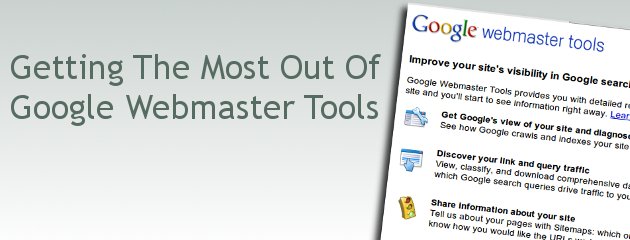
Google Webmaster Tools is a free service provided by Google to help new and experienced webmaster check on their indexing and raise the visibility of their website(s). Among the tools in Google Webmaster are those that check the crawl rate, list sites linking to the user’s site, determine what keyword searches on Google bring the user’s site into the search engine results pages (SERPs), determine click-through rates of SERP listings, show statistics on how Google indexes the user’s site, create a robots.txt file and submit sitemaps.
The range of tools offered on Google Webmaster Tools can help webmasters significantly raise their profile by search engine optimization (SEO), and traffic generation. To make Google Webmaster Tools work with your particular site, you have to install a snippet of code into your site. Google Webmaster Tools make a great partner to Google Website Optimizer as far as getting your website as prominent as possible.
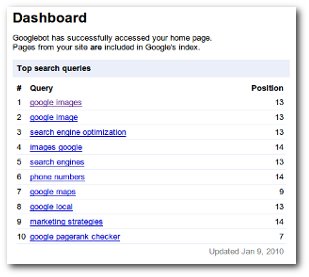 If, for example, your site has a page in which you offer your visitor some free report or software in exchange for their email address, you could use the Google Website Optimizer to test two versions of that page to see which one converts best. This lets you streamline your SEO efforts and cuts back on some of the trial and error part of it.
If, for example, your site has a page in which you offer your visitor some free report or software in exchange for their email address, you could use the Google Website Optimizer to test two versions of that page to see which one converts best. This lets you streamline your SEO efforts and cuts back on some of the trial and error part of it.
Google Webmaster tools was launched in 2006 to help webmasters create sites that are friendlier to search engines. There is also the Google Webmaster Tools Access Provider Program. It lets domain hosts use Google’s application programming interface (API) to get their customers up and running with Google Webmaster Tools.
There are many steps you can take to help Google find, rank, and index your site. They can be classified as Design and Content Guidelines, Technical Guidelines, and Quality Guidelines.
Every site needs a clear hierarchy and text links. Each page needs to be reachable from one or more static text links.
The sitemap should give visitors links to the important pages of your site.
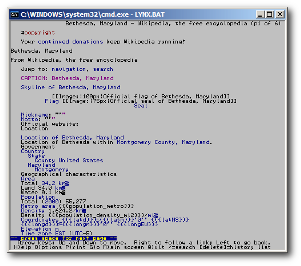 Try out a browser like Lynx to look at your site. Most search crawlers “see” your site like Lynx does. If your site is overloaded with JavaScript, session IDs, Flash, or cookies, the search crawlers may not find your site very navigable.
Try out a browser like Lynx to look at your site. Most search crawlers “see” your site like Lynx does. If your site is overloaded with JavaScript, session IDs, Flash, or cookies, the search crawlers may not find your site very navigable.Before listing the specific practices to avoid, don’t assume that just because a particular practice isn’t listed that it’s OK. If you’re using trickery like registering common misspellings of popular sites, Google might well penalize you in the search engine results pages (SERPs) or ban you altogether. Ultimately, looking for loopholes and technicalities may not serve you well.
When you believe your site is ready and follows all the design, technical, and quality guidelines (especially the latter), then you can submit it to Google at www.google.com/addurl.html. You should also use Google Webmaster Tools to submit a sitemap. A sitemap helps Google cover your webpages more effectively.
Starting up a website can be hard work, particularly if you’re new to the world of style sheets and HTML. It isn’t enough to simply create a great looking site filled with interesting content and wait for people to discover it. Particularly if you have an e-commerce site or a blog from which you want to earn money, you need to make your site as friendly as possible to search engines. Google Webmaster Tools are specifically for this purpose: getting your website the notice that it deserves.
While it may be tempting to take shortcuts like buying a bunch of back links, it can be bad for your site in the long run. The best way to build your site’s following is to submit a sitemap, and follow the guidelines listed above for proper ways to promote your site. And, of course, the ultimate “tool” for getting your site popular and keeping it popular is to provide fresh, rich content on a regular basis.